
The Free Press

When he was growing up outside San Francisco in the seventies and eighties, David Malcolm Carson almost never thought about race or affirmative action.
Carson’s mother is Jewish; his father, black. His friends were a racial and ethnic smorgasbord.
In high school he started to cast about for an identity, and became more aware of his blackness.
“I began to understand that in societal terms I would be considered ‘black,’ that America had had a ‘one-drop rule’ for centuries,” Carson told me.
He read Alex Haley’s Autobiography of Malcolm X, and matriculated at the historically black Howard University in Washington, D.C. He stopped going by David, and started going by Malcolm: “Part of it was that it referenced Malcolm X and all that he represented, part of it was just wanting to declare some independence.” He got into “old-school hip-hop, Public Enemy, A Tribe Called Quest, De La Soul.” He wrote his senior thesis on the FBI’s counterintelligence program targeting the Black Panthers.
After college, Carson applied to Stanford Law School and got in. At the end of his second year, he transferred to the University of California at Berkeley’s Boalt Hall, because he wanted to do a joint degree in city planning. Berkeley said yes.
“It’s likely that I benefited from affirmative action in applying to Stanford and Berkeley,” Carson said, but he noted that he had straight As at Howard and that, when he took the LSAT, he was in the top 1 percent. At a time of growing skepticism around race-based admissions—President Bill Clinton called to “mend, not end” the policy—Carson demonstrated in defense of it. He also joined the staff of the Black Law Journal.
But in 1995, policy at the University of California—the biggest public university system in the country—changed when the Board of Regents barred race-based admissions on its nine campuses.
In response, Boalt convened an Admissions Policy Task Force, and Carson was invited to take part. Berkeley, like many universities, had embraced diversity, and it wasn’t about to give that up.
So, it looked for a workaround.
Ultimately, the task force concluded that, to achieve racial diversity and not violate University of California policy, it had to deemphasize quantitative yardsticks like grades and test scores and focus on other things. “The prevailing opinion was that if we focused on these qualitative assessments of a person’s interests, lived experience, that would contribute to the diversity of students,” Carson said.
The task force’s conclusion was borne out when, in the spring of 1997—after affirmative action had been prohibited at the University of California but before Boalt could implement the task force’s recommendations—the numbers of minority students admitted to the law school plummeted.
That year, the number of black students admitted to Boalt declined from 9.2 percent the year before to 1.8 percent. Latino admits dropped from 4.2 percent to 2 percent. Meanwhile, the proportion of Asian American students jumped from 15.5 percent to nearly 19 percent, and that of white students, from 57.3 percent to nearly 68 percent.
Which made the task force’s proposal all the more urgent.
Within a few years, admissions officers across the country started to call the new ideas “holistic admissions” or “holistic review.” It sounded more palatable than affirmative action, but really it was a way of achieving the same outcome without saying so explicitly.
Over the past three decades, colleges across the country—public and private—have adopted this approach in an effort to boost their student bodies’ racial diversity.
And it’s worked. At Harvard, for example, the class of 2000 was 9.4 percent black, and the class of 2026 is just over 15.2 percent black—a more than 50 percent rise.
But that increase, according to critics, has come at the expense of more competitive Asian and white students.
The tension exploded in 2012, when Abigail Fisher, a white woman who had been rejected by the University of Texas as a high school senior, sued the university on the grounds that its race-based admissions policy hurt not only white but Asian American applicants—exposing a growing rift in the Asian American community. Fisher’s legal battle was financed by a wealthy family friend: the conservative activist Edward Blum, a University of Texas alum who lived in Austin. Even though Fisher and Blum lost their case against Texas, that battle gave rise to a new organization, Students for Fair Admissions, or SFFA, which was committed to dismantling affirmative action.
Two years later, in November 2014, SFFA filed lawsuits against the oldest private and public universities in the country: Harvard and the University of North Carolina. SFFA says both schools’ admission policies violate Title VI of the 1964 Civil Rights Act, and that North Carolina, as a state university, also violates the Fourteenth Amendment’s Equal Protection clause.
The Supreme Court is expected to issue its opinion in the companion cases this week, possibly as soon as today. And it is likely—given the Court is dominated 6 to 3 by justices skeptical of, if not hostile to, race-based admissions—to rule against both schools.
This time, Malcolm Carson isn’t sure where he stands—on Harvard, North Carolina, and on the affirmative action policy that may have given him a critical boost so many years ago.
“When affirmative action was conceptualized, it was to right past wrongs,” he said. “Then, it became sort of endless. It wasn’t just African Americans. It was Native Americans and Hispanics. And then it was women, LGBT, etc., and that wiped out the moral imperative of it a little, because diversity is not quite as strong a claim as correcting past wrongs.”
Being black in America today, he continued, is not like it once was: “Society has evolved.”
He sounded like he was at pains to support something he no longer supported. “At Berkeley Law School, we responded by employing a race-neutral, more qualitative process to express those same desires,” he said. “Is that still ‘affirmative action’? It certainly could be.”
We’ve seen this movie before, Edward Blum, the activist spearheading the Supreme Court cases, told me.
In the 1920s, he recalled, Ivy League schools introduced “holistic admissions” to keep out high-achieving Jewish newcomers—only then they simply called them quotas. The much revered Harvard Man (or, for that matter, the Yale Man or Princeton Man) was a type: WASPy, athletic, well-connected, well to do.
After World War II, the old antisemitism gave way to the new meritocracy, which emphasized quantitative metrics like the SAT and grade point average to ensure that discrimination against Jews or any other unwanted minority wouldn’t rear its ugly head.
“Today,” Blum said, “the abandonment of standardized tests and the diminished importance of grades in the admissions process is a veiled attempt to limit the number of high-achieving Asian Americans.” In other words, as Blum sees it, the current policies are hardly progressive but have rewound the clock—all the way back to pre-war America, with Asians now playing the role of Jews.
The SFFA targeted Harvard, Blum explained, because it had the “most discriminatory, troublesome data when it came to the ratio of Asians that were applying to Harvard and the number of Asians Harvard was admitting.” It targeted North Carolina because, the lawsuit asserted, race was “a dominant factor” in its admissions process when “race-neutral alternatives”—such as household income—would have sufficed to achieve diversity.
Calvin Yang, 21, is an SFFA member and party to the lawsuit against Harvard.
Yang’s résumé was something else: he was a varsity swimmer and varsity rugby player, and he’d been in debate club and No. 1 in his school’s International Baccalaureate program. He’d even launched his own initiative—the Canadian Youth Alliance for Climate Action—and it had organized the biggest climate protest in North American history. Over 300,000 people showed up, including Greta Thunberg. In 2021, he made Canada’s Top 30 Under 30. He speaks six languages (including Icelandic and Chinese). Oh, and he scored a 1550 out of 1600 on his SAT.
But when he applied to Harvard, he was rejected. Same with Yale.
“I think there’s definitely a lot of prejudice and stereotypes against the Asian American community,” Yang said in an interview.
Eventually, Yang wound up at Berkeley, where he’s now a rising junior. But he was still angry. “I’m fighting on behalf of Asian Americans, and, I guess, Asian communities all around the world,” he said.
He’d done everything right. Harvard didn’t agree.
Perhaps they thought the problem was Yang’s “personality.” A 2018 analysis of 160,000 applicant records uncovered during discovery in the suit showed that Asian Americans, while outperforming every other group on academics and extracurriculars, received low marks from Harvard admissions officers when it came to personality traits—lowering their odds of admission. Asian American students were consistently deemed less “likable, courageous, kind, and respectable.”
Calvin Yang is going to be fine. The lawsuit has raised his profile considerably, and in recent years he’s ramped up his involvement in conservative politics. (He was on staff at the Berkeley Political Review, and he belonged to the group Young Conservatives, in Ottawa.) The more important point, as far as Yang is concerned, is that this is unfair. And that it will quietly hurt a lot of people—those who don’t sign on to high-profile lawsuits or wind up at top-tier schools like Berkeley. “Even though I got into a good school, not everyone does,” Yang said.
Kenny Xu, 25, who also had stellar grades and test scores in high school but was nonetheless rejected from Princeton and the University of Pennsylvania, said he hadn’t even bothered to apply to Harvard. “It was an open secret in the Chinese American community that Harvard discriminated against Asian Americans,” Xu told me. (Xu is on SFFA’s board, but he’s not a party to either lawsuit.)
Xu wound up at Davidson College in North Carolina, and then he wrote a book about the lawsuit—An Inconvenient Minority: The Harvard Admissions Case and the Attack on Asian American Excellence. That came out in late 2022. (Getting rejected from Harvard may have been the best thing to happen to Xu. He has another book coming out this summer, School of Woke, about Critical Race Theory.)
“What Harvard is doing is antithetical to the American dream,” Xu said.

Swan Lee, a co-founder of the Asian American Coalition for Education, in Boston, agreed. She told me that this way of thinking about race “is actually very racist” and it was incredible to her that others didn’t see it that way.
“Race is an immutable factor. We have no personal choice in it,” she added. “People should be evaluated on the results of their personal choices, their efforts.”
Lee expects the Court to rule against the universities, and she is looking forward to the Court putting an end to affirmative action once and for all. “Racial consideration in education is blatant racial profiling and racial discrimination. It’s inhumane and counterproductive,” and, she said, it doesn’t matter “whether it wears the cloak of ‘race-based affirmative action’ or some other costume.”
This is not the way Sonia Green sees things.
Green is a 19-year-old black woman born in Philadelphia, and, like Yang and Xu, she applied in the fall of 2020 to some of the most competitive schools in the country: Harvard, Yale, Princeton, Columbia, and Duke, among others. She was accepted almost everywhere, including Harvard—despite scoring a 28 on her ACT, much higher than her public high school’s average of 12, but lower than the average at the most competitive schools (where it’s in the mid-30s). She chose Duke because they gave her a full ride. (Her mother is an administrator in the university’s African and African American Studies Department.)
She supports affirmative action, and she said that, if she benefited from it, she has no regrets. “I still earned my place here,” Green told me. “Some students who were not recipients of affirmative action—when you meet them, it makes you wonder why they’re even there. They don’t seem to really care about the world, care about people, or care about society,” she said. “Even if I am a recipient of affirmative action, I don’t lose sleep over it. It doesn’t bother me. I’m not embarrassed.”
Her peers at Duke, Green said, seemed entitled. They have parents who went to elite schools, and they expected to go to them, too.
“Once I got to Duke,” she told me, “I realized how much of an accomplishment and how impressive that was, for someone to come from a local public school, someone who did not have a nonprofit, someone who did not score perfectly on standardized testing.” (Starting a nonprofit to get into college has become a huge thing over the past several years. Some college application consultants now advise high school students not to start one for fear of coming across as a cliché.)
Green said that the old, meritocratic way of determining who gets into elite universities was actually discriminatory. “Being colorblind is racist, because it erases part of somebody’s identity,” Green said. “By saying that you don’t see someone’s race or you don’t see their color and you just see them as a person, it tells black students that you don’t see the communities that they’ve grown up in and you don’t see the experiences that have made them who they are.”
She suggested that Asian Americans who felt as though they’d been discriminated against by elite universities should rethink that. “I don’t think it’s just because you’re Asian,” Green said. “It’s probably because the school didn’t see you as being a good fit, or the school didn’t get to know enough about you as a person.”
Yvonne Berumen, the vice president of admissions and financial aid at Pitzer College, east of Los Angeles, shared Green’s perspective. “One of the most important things in the admission process is the lived experience,” she said. “Race is a part of that.” (“Lived experience,” affirmative action critics said, is like “holistic admissions” or “diversity.” It’s a way of signaling a preference for black and Latino students, while not appearing to be discriminatory.)
If schools are barred from taking all that into account, Berumen said, “it would really change the demographic landscape of higher education.”
Maybe so. But the majority of Americans might not have a problem with that. Fifty-two percent of Asian Americans disapprove of universities considering race or ethnicity in admissions decisions, a recent Pew poll found. By comparison, 57 percent of white Americans are against it, as are 29 percent of black Americans.
Many respondents were unsure of their feelings—including nearly a quarter of black Americans.
Only 33 percent of all Americans, including 37 percent of Asian Americans, said they think race-based admissions is a good thing.
Asian Americans are deeply divided on this issue—and on the lawsuits now before the Supreme Court. While SFFA claims to represent that community, two progressive Asian American legal organizations have filed amicus briefs supporting Harvard and North Carolina on behalf of more than 100 Asian groups and individuals.
But the divide within the Asian American community may dissipate as Asian Americans move to the right. (Over the past two election cycles, Asian American voters have cast a growing number of ballots for Republicans.)
Kenny Xu’s mother, Grace Zhang, is running as a Republican for the State Assembly in New Jersey.
Zhang told me that “fairness and equal rights to education, and social and economic mobility” are “immigrant values” and that, to her mind, the GOP had embraced that. She called Asian Americans’ rightward shift “natural.”
Over the years, he had come to rethink his position on affirmative action, Malcolm Carson told me.
He’d always been a liberal—he’d spent a decade working at Legal Aid in Los Angeles, and he now works for an environmental group in San Francisco that, according to its website, fights for “equitable access to the outdoors.”
But he’d grown uncomfortable with what he thought of as this obsession, in left-wing circles, with racial identity. He traveled to Cuba, Mexico, China, Tanzania, Morocco—and he saw people with much less money than he had and far fewer freedoms. “From what I can tell, the quality of life in places like that for all but the richest and/or best-connected suffers compared to here,” he said in a message.
Carson added: “There’s something very offensive to most people about being judged, not by their own achievements, their work ethics, or their accomplishments, but just being judged based on something they had no control over.”
Rupa Subramanya is a reporter at The Free Press. Her last story was about the challenge to colorblind justice in Canada.
If you believe in fair, honest reporting, please support our work by becoming a subscriber today:


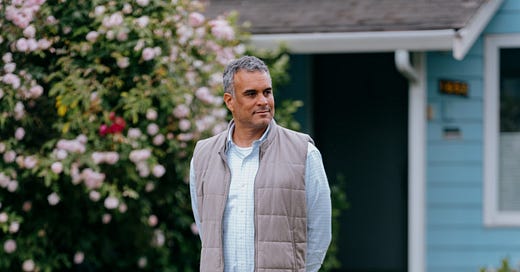



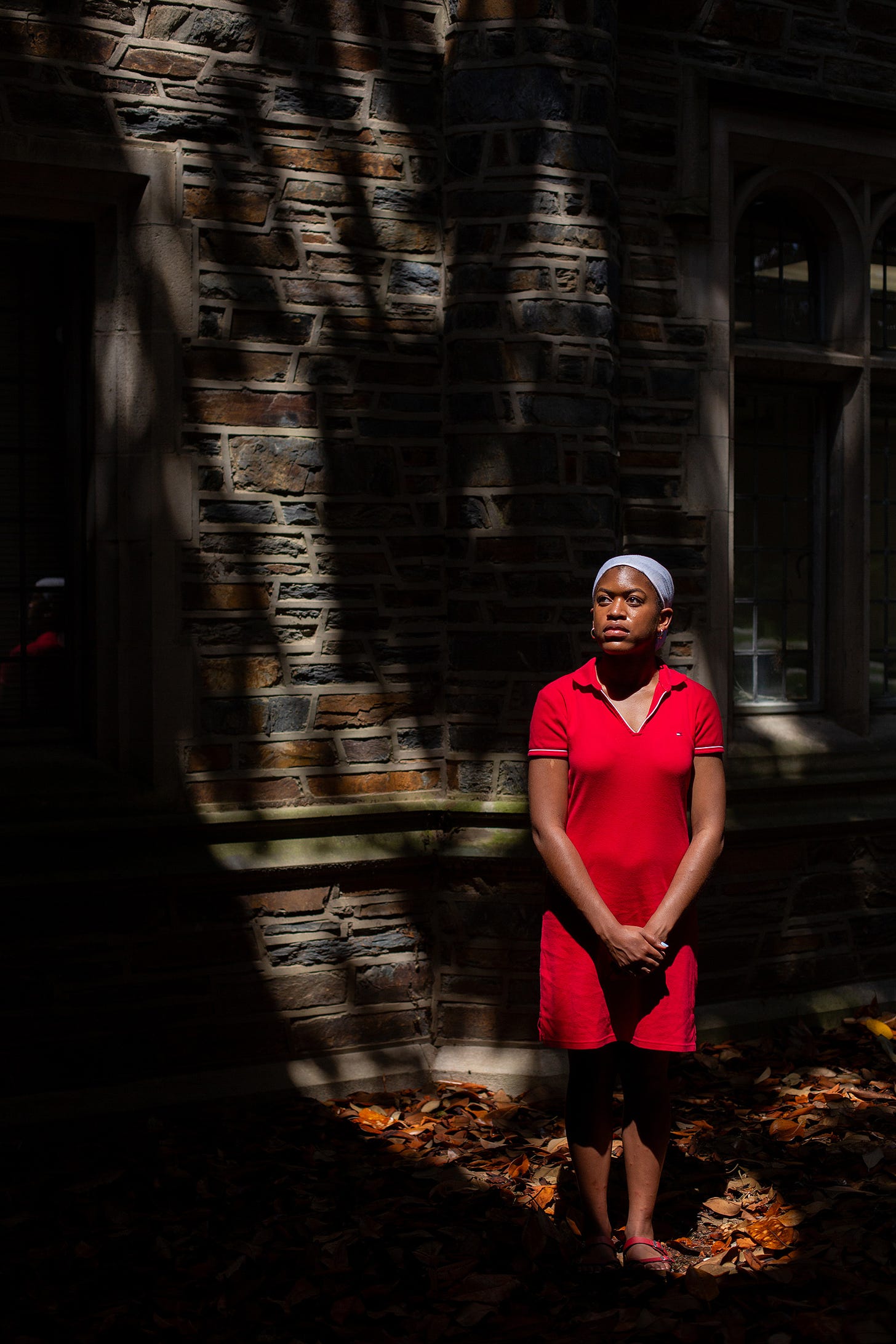





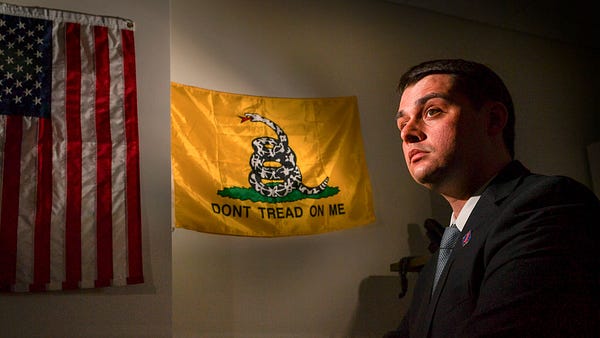

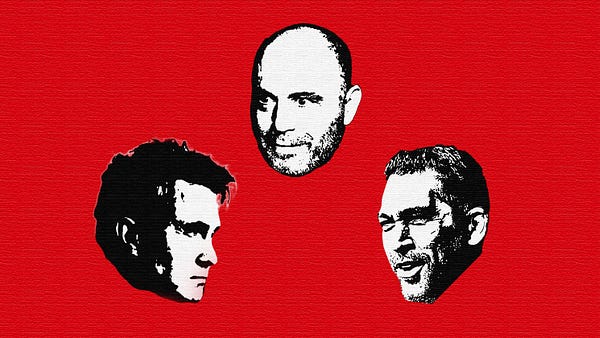

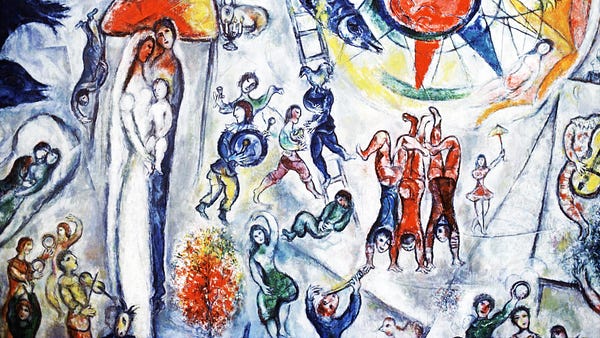

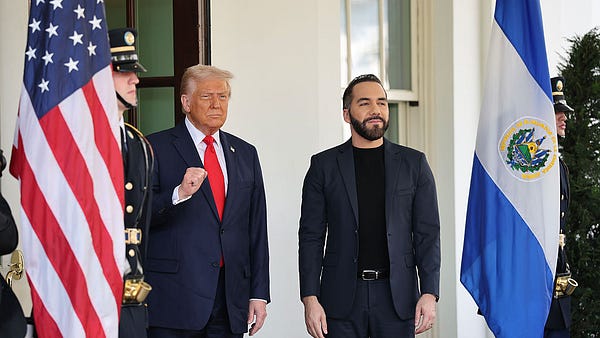

Isn't it ridiculous how schools like Harvard pride themselves on being exclusive — excluding anyone, for any reason, who doesn't appear to be 'Harvard material,' but manage to think excluding on some grounds is ok, but not others? The effort involved in such tortured logic must keep them awake at nights. Harvard is *by nature* exclusive. By design. Intentionally. On purpose. Planned. Deliberate. But they're trying hard to appear *inclusive, even though it goes against their own educational ideal. So yay for being completely incoherent. They will never be actually inclusive.
What happens? The Left either allows for charter schools as required by demand, or the same problem of lower rates of minorities qualifying for our best colleges continues. That's assuming, of course, that Harvard and others do not find a new loophole.